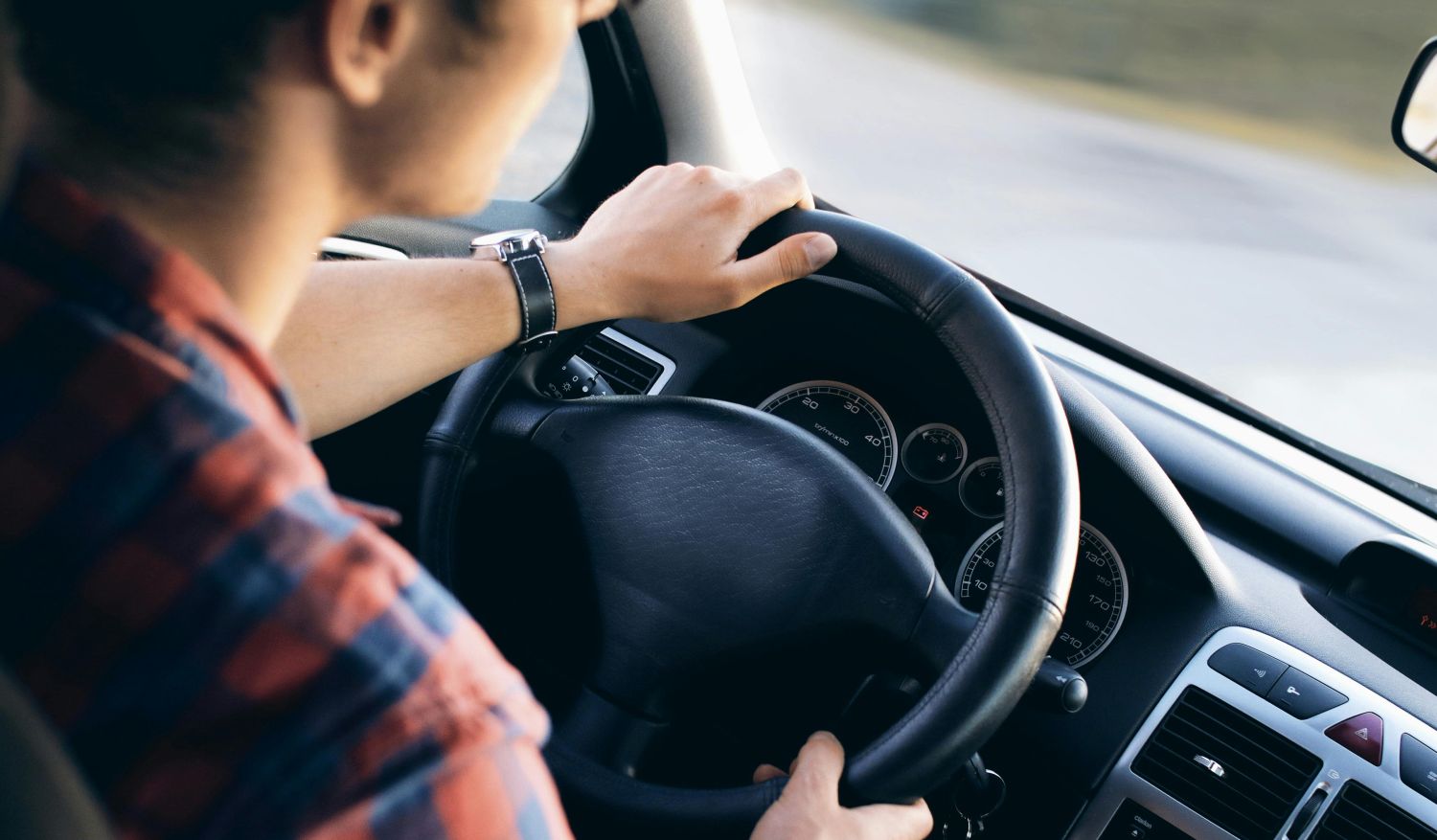In New Mexico, recreational marijuana has been legal since 2021, dramatically changing the landscape of drug use in our state. With this shift, an estimated 40% of New Mexico adults have used marijuana – which means when you’re driving around Albuquerque or anywhere in the state, there’s a good chance you’ll encounter drivers who are under the influence. What happens when you’re involved in a crash where marijuana was a factor? Let’s break down how this drug affects driving ability and what it means for your car accident case.
How Marijuana Impacts Your Ability to Drive
Even though marijuana is legal in New Mexico, it’s still 100% illegal to drive under its influence – just like alcohol. THC (the active compound in marijuana) impacts your brain in ways that make driving dangerous. When you use marijuana before driving, it seriously messes with your perception. Users often misjudge speeds and distances, which creates obvious dangers when you’re behind the wheel. Imagine thinking a car is much further away than it actually is, or misjudging how fast you’re approaching an intersection. These perception errors frequently lead to serious accidents.
Marijuana also significantly slows down your reaction times. When that car suddenly brakes in front of you, you need to react instantly – even a fraction of a second delay can make the difference between avoiding a crash and ending up in the hospital. Studies have shown that marijuana can delay these critical reaction times in ways that make safe driving nearly impossible.
Your ability to concentrate takes a major hit when you’re under the influence of marijuana. Driving requires constant attention to multiple tasks – watching other vehicles, monitoring your speed, checking mirrors, and responding to changing road conditions. Marijuana fragments this attention, making it incredibly difficult to focus on all these tasks simultaneously. The drug also profoundly impairs your judgment on the road. Users frequently make riskier decisions they wouldn’t normally make when sober. This might mean attempting dangerous passes, misjudging the need to yield, or taking chances with yellow lights that you’d normally avoid.
Many marijuana users experience drowsiness or lethargy, especially with certain strains. Getting behind the wheel while fighting to stay awake creates an obviously dangerous situation that puts everyone at risk. Some studies suggest that driving while drowsy can be as dangerous as driving drunk. And for many users, marijuana can trigger anxiety or paranoia that distracts from safe driving. These psychological effects create additional mental burdens that interfere with the focus needed for responsible driving.
The bottom line? Using marijuana and driving don’t mix – and New Mexico law reflects this reality.
New Mexico’s Marijuana Laws and Driving
New Mexico has fully legalized recreational marijuana for adults 21 and over. But make no mistake – driving under the influence remains strictly prohibited. Under New Mexico law, it’s illegal to drive while impaired by any substance, including legally purchased and consumed marijuana. The penalties can be severe, including jail time, heavy fines, license suspension, mandatory drug education programs, and ignition interlock devices. And that’s just the criminal side. If you cause an accident while high, you’re looking at serious civil liability too.
New Mexico law enforcement takes marijuana-impaired driving very seriously. Police officers throughout the state receive specialized training to detect signs of marijuana impairment. Many departments now employ Drug Recognition Experts (DREs) who are specifically trained to identify drug impairment through a series of standardized tests and observations. The legal threshold for marijuana impairment isn’t as clearly defined as alcohol’s 0.08% BAC limit, which creates some gray areas in enforcement and prosecution. However, this doesn’t mean you can’t be arrested and convicted – it simply means officers will rely more heavily on observed behavior and driving patterns to establish impairment.
The Big Challenge: Proving Marijuana Impairment
Here’s where marijuana cases get tricky. Unlike alcohol, where a simple breathalyzer can prove impairment, marijuana is much harder to test for accurately. Police don’t have a reliable “marijuana breathalyzer” that works well in roadside situations. While some technologies are in development, they haven’t been widely adopted or legally validated in New Mexico. This means officers must rely more heavily on field sobriety tests and observation, which introduces more subjectivity into the process.
Blood tests present significant problems for marijuana cases. THC can stay in your blood for days or even weeks after use, making it hard to prove you were high at the time of the crash. A positive blood test might show marijuana use within the past few weeks, but it doesn’t necessarily prove impairment at the time of the crash. Testing timing also presents challenges. Since THC levels in blood decrease rapidly after use, delays between the accident and when testing occurs can dramatically affect results. By the time a blood test is administered, THC levels may have dropped significantly from what they were at the time of the crash.
Another major challenge is the lack of consensus on what THC level means you’re too impaired to drive. With alcohol, 0.08% BAC is the legal limit in New Mexico. With marijuana, there’s no scientifically established or legally recognized threshold that definitively proves impairment. Individual physiology adds another layer of complexity. Everyone’s different – regular users might show high THC levels but function relatively normally due to tolerance, while occasional users might be severely impaired with lower levels. This variation makes it difficult to establish a one-size-fits-all standard for marijuana impairment.
This is why marijuana-related car accident cases require experienced attorneys who know how to build evidence beyond just chemical testing. At Roadrunner Law Firm, we understand these complexities and know how to develop compelling cases even when chemical testing is inconclusive.

How Marijuana Use Affects Your Compensation
New Mexico follows what’s called “pure comparative negligence.” This means if you’re in an accident, your compensation can be reduced by your percentage of fault – even if you were just 1% responsible. If marijuana is involved, it can seriously impact these fault calculations. For example: Let’s say a distracted driver crashes into you, but you had used marijuana earlier. The distracted driver is primarily at fault because they ran a red light while texting. However, evidence shows your reaction time was slowed due to marijuana use, and you might have avoided the crash if fully sober. In this scenario, the court might assign 80% fault to the distracted driver and 20% to you because of your impairment. Instead of receiving $100,000 in damages, you’d get $80,000.
This scenario plays out frequently in New Mexico courts. Insurance companies are well aware of how marijuana use can affect comparative negligence calculations, and they’ll aggressively investigate any hint of marijuana use to reduce their payout obligations. They might request your medical records, toxicology reports, and even your social media posts looking for evidence of marijuana use before the accident. The financial implications can be enormous. Consider a case involving $500,000 in medical bills, lost wages, and pain and suffering. If marijuana impairment leads to a finding that you were 30% responsible, that’s $150,000 less compensation for you and your family. This is why having experienced legal representation is so important when marijuana factors into your accident case.
What To Do If You Suspect the Other Driver Was High
If you’re in an accident and think the other driver is under the influence of marijuana, there are several steps to take immediately. Call the police right away and make sure they come to the scene. Don’t let the other driver talk you out of involving law enforcement. A police report is essential documentation, especially when impairment might be involved. Even if the other driver seems cooperative, their attitude might change once they realize the severity of the situation.
When police arrive, tell the responding officers your suspicions about marijuana impairment. Note any smell of marijuana, red eyes, slurred speech, or unusual behavior you observed. Be specific about behaviors rather than making general accusations. For example, mention if the driver seemed confused, had delayed responses, or showed poor coordination. These details can prompt officers to conduct more thorough impairment investigations.
Document everything at the scene. Take plenty of photos of both vehicles, the surrounding area, road conditions, and any relevant traffic signs or signals. If possible and safe to do so, take photos of the other driver as well. Video can be particularly valuable as it might capture behavior indicative of impairment. Use your smartphone to record as much evidence as possible. Collecting witness information is also helpful. Witnesses might have observed behavior indicating impairment either before or after the crash. They might have seen the other driver using marijuana or noticed erratic driving patterns before the collision. Get names, phone numbers, and email addresses from anyone who saw what happened.
Seek medical help immediately, even if you feel “okay” after the crash. Some injuries aren’t immediately apparent, and having medical documentation close to the time of the accident strengthens your case. Tell your healthcare providers about all symptoms, no matter how minor they seem. This creates an important medical record that connects your injuries directly to the accident.
How Roadrunner Law Firm Handles Marijuana-Related Accident Cases
If you are involved in an accident that might have marijuana involved, contact Roadrunner Law Firm as soon as possible. The sooner we’re involved, the more evidence we can preserve. We can immediately begin investigating the crash, interviewing witnesses while their memories are fresh, and working with experts to document evidence of marijuana impairment. Remember, time is critical in these cases because evidence of marijuana impairment can disappear quickly.
We have access to experts who understand how marijuana might impact an accident, such as interpreting THC test results and reconstructing the accident scene. These experts can help establish when marijuana use likely occurred and how it would have affected driving ability at the time of the crash. We can sift through evidence and police reports, even if the officers didn’t make an arrest. We carefully interview witnesses to document observations of behavior, driving patterns, and any indications of drug use before or after the crash.
Marijuana-related car accident cases are complicated, but you don’t have to figure it out alone. Our team deeply understands New Mexico’s comparative negligence laws and how to maximize your compensation when marijuana is involved in your case. Whether you were injured by an impaired driver or you’re concerned about how your own marijuana use might affect your case, we have the resources and knowledge to handle these complex situations.
If you’ve been in a crash where marijuana might have been a factor, call Roadrunner Law Firm today at 505-444-4321 for a free consultation. Our experienced attorneys will listen to your story, answer your questions, and help you understand your legal options.



